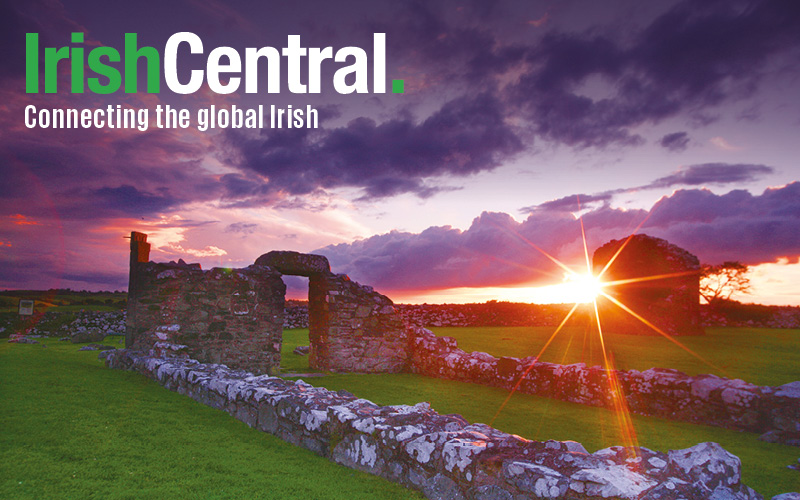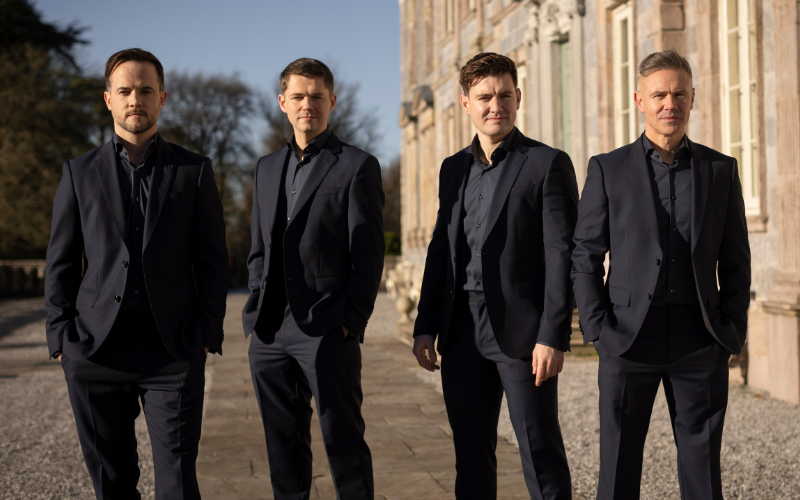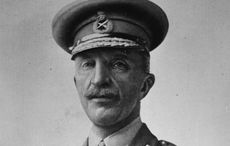The famous Sligo fiddle player Michael Coleman was born in 1891 in Knockgrania just outside of Gurteen in the music-rich region of south Sligo.
His legacy has long been proclaimed on both sides of the Atlantic not only because of his fiddling prowess, but also his good fortune in coming to America where the fledgling recording industry captured his masterful style of playing in the 1920s and beyond.
His recordings, made on 78 rpm records in New York, including Decca Records towards the end of his life, created as much, if not more, of a stir back in Ireland where people gathered in households lucky enough to own a gramophone or wireless radio to hear traditional Irish music played so brilliantly by this Irish immigrant. There are some who have credited those recordings with sparking an interest in traditional Irish music in the nascent new Irish Republic as well as helping establish a Sligo-New York style of music that still is very much in evidence today.
The tales of the influence of Coleman have been studiously told before by music researchers led by Harry Bradshaw, formerly an RTE producer who has made them available in an up to date format in a detailed new double CD release called Michael Coleman 1891-1945: Ireland’s Most Influential Traditional Musician of the 20th Century on the Gael Linn Viva Voce label.
Inside the two-disc set there are 48 tracks featuring 82 tunes of iconic Coleman material that has been emulated for over half a century wherever good Irish fiddlers or aficionados of the Coleman repertoire gather.
Containing half of the music actually recorded by Coleman, it vividly shows why the Sligoman’s playing and tune sets reached beyond just Irish fiddlers but other musicians steeped in the well of Irish music like Joe Burke, the accordionist who along with Andy McGann and Felix Dolan recorded A Tribute to Michael Coleman 20 years after Coleman’s death drawing from his repertoire.
There is also an 80-page booklet crammed full of Bradshaw research and quotes from many of the people who knew Coleman or his family on both sides of the ocean.
We also learn what life was like for Ireland’s most famous fiddler from the time of his birth in 1891 to his passage to America in 1914, and over his recording career from 1921-1944 until his death in 1945 at the age of 54.
All of this very useful information is compiled in one handy place for young students of Irish music coming up who want to know more about where the music came from.
Fortune did not necessarily follow fame for the Sligo native as his life was filled with ups and downs like many Irish immigrants, but what could not be taken away from him was the inspiration that his solo style of playing had on the people at that time in Ireland and the U.S.
More than anyone else in that era, those record grooves were worn out by Irish musicians back at home and the U.S., and homesick immigrants who minds drifted to the Emerald Isle and County Sligo when ever and where ever they were spun.
In New York, the Sligo-New York style and tunes quickly become the predominant playlist for decades after thanks to fellow fiddle travelers like Professor James Morrison, Lad O’Beirne, Paddy Killoran and Larry Redican, who followed closely in Coleman’s footsteps and shadows.
Continuing that tradition were the Longford fiddler Paddy Reynolds who emigrated to the Big Apple, and New York native Andy McGann, two quintessential fiddlers who played their way into the 21st century carrying the Coleman banner and influencing newer generations along the way over a 50-year span.
McGann was considered to be the direct successor to Coleman because of his own Sligo roots from his parents and early contact with him as a young fiddle student. Many of Coleman’s recorded tunes flowed naturally from McGann’s own fiddle and bow and helped shape the musical minds of up and coming New York musicians like Tony DeMarco and Brian Conway, who also received more intense tutelage from Martin Wynne from the nearby Sligo townland of Kilavil who was touched by Coleman before emigrating to America.
One of Coleman’s tunes, “Apples in Winter,” became the title track for a duet recording that DeMarco and Conway produced 30 years ago on the Green Linnet label.
Conway, who is marking his 50th birthday this week, wears the mantle well as a present-day successor to Coleman. One of the finest Irish American fiddle players in the traditional scene, he is a great performer and teacher whose recordings capture much of the brilliance and spirit of the Coleman recordings with his own technical polish very apparent.
Unlike Coleman, however, Conway is a marvelous teacher with a track record for molding exceptional fiddle players with an abiding respect for the Sligo style and approach.
Conway is an assistant district attorney in Westchester by day who keeps his music passion for his leisure time, and currently runs two music sessions in Westchester County. The long-established Wednesday night session at Dunne’s Pub in White Plains is classic, but I got to his more recent Sunday afternoon session at Mickey Spillane’s Pub in Eastchester, New York this past weekend.
Gathered around the Bronx native was the venerable Felix Dolan (from the Bronx) who also played and recorded with McGann and Conway over the years.
But there were also a number of young fiddlers around the table who have been blessed with the Conway touch. The oldest was Gene Bender, Jr., an engineering student at Manhattan College and the youngest, nine-year old Haley Richardson from the southern end of New Jersey whose command of the fiddle belies her years. She is already a force to be reckoned with as she grows older for fleadh competitors.
There were tunes preserved and propagated by Coleman popping up frequently throughout the session validating the “Living Tradition” that is Irish music. And thanks to the efforts of Harry Bradshaw and Brian Conway, the musical genius of Michael Coleman is a story that is worth retelling over and over again.
The double CD and booklet can be ordered from OssianUSA via phone 603-783-4383 or at www.ossianusa.com. This convenient format belongs in the library of every serious collector of Irish music.




Comments